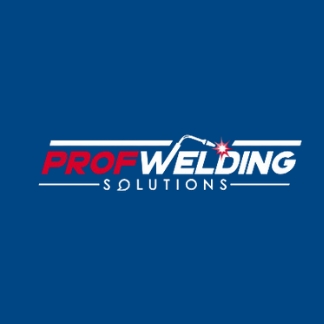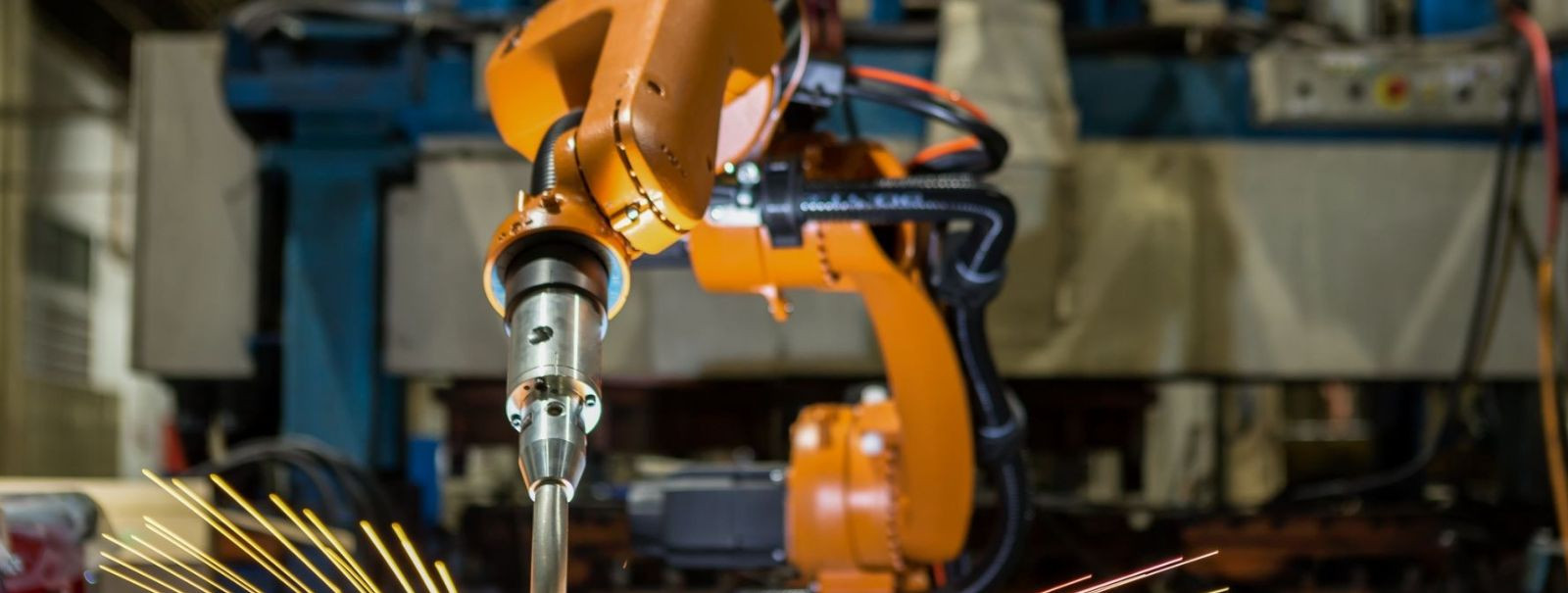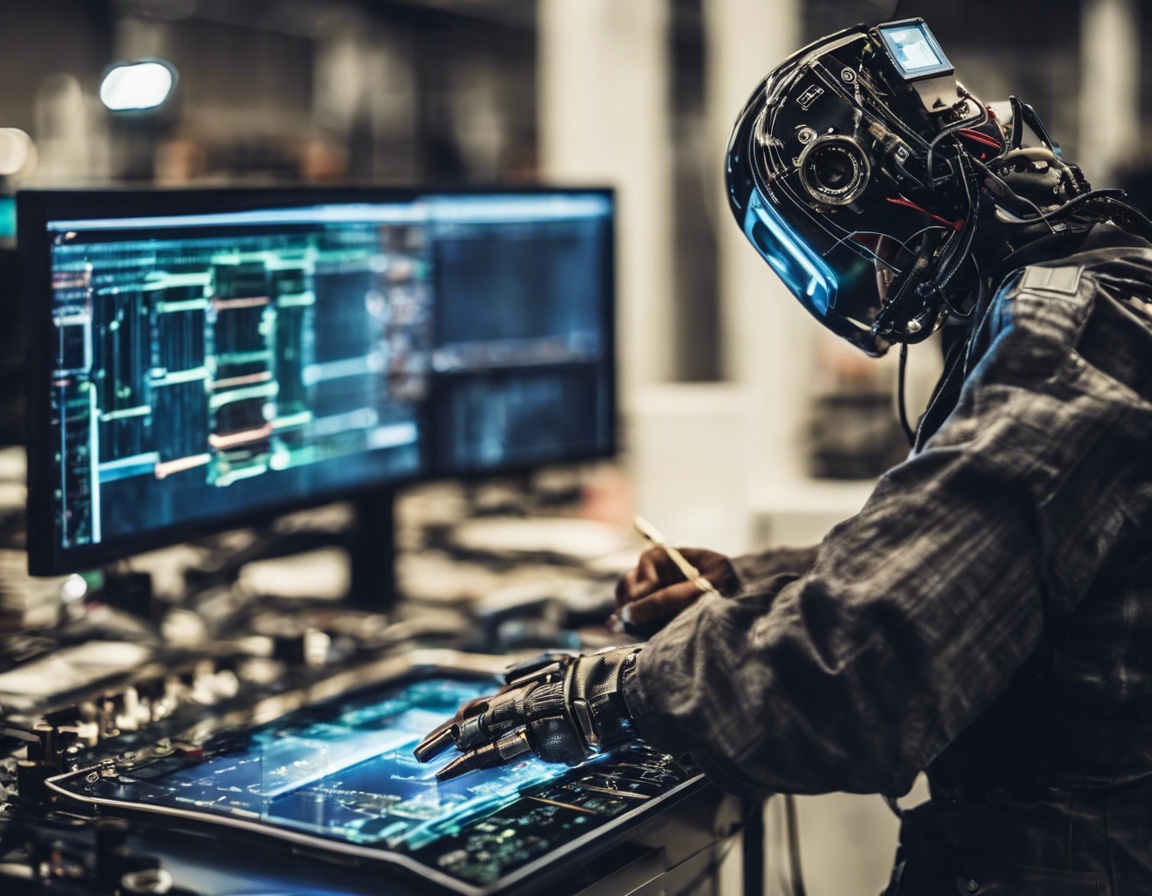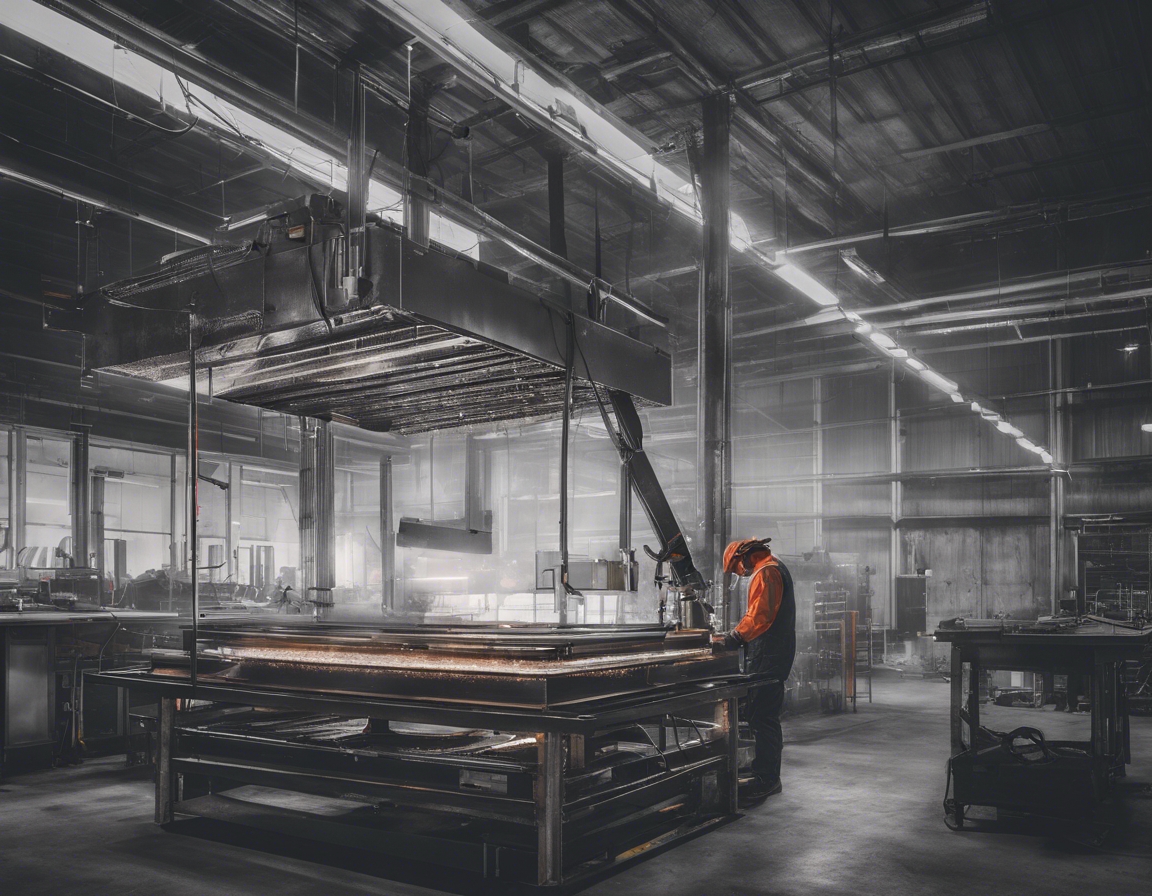Maximizing productivity with custom welding fixtures
Custom welding fixtures are specialized tools designed to hold, position, and support the workpieces during the welding process. Their importance cannot be overstated, as they directly impact the efficiency, accuracy, and quality of the welding operation. By ensuring that components are held in the precise orientation and location, custom fixtures facilitate a more streamlined and controlled welding process.
Customization in welding fixtures allows for tailored solutions that meet the specific needs of a project or production line. This approach can lead to significant improvements in productivity, as fixtures are optimized for the particular tasks at hand. Custom fixtures can reduce setup times, minimize the need for manual adjustments, and ensure consistent quality across multiple welding operations.
The Role of Custom Welding Fixtures in Enhancing Productivity
One of the primary advantages of custom welding fixtures is their ability to provide consistency and repeatability in the welding process. This is crucial for manufacturing companies and industrial fabricators who must maintain high standards of quality while also meeting production deadlines. Custom fixtures ensure that each weld is performed with the same precision, reducing the likelihood of defects and rework.
Efficient workflows are essential for productivity, and custom welding fixtures contribute significantly to this efficiency. By reducing the time required for setup and adjustments, welders can focus more on the welding task itself, thus speeding up the production process. Additionally, well-designed fixtures can facilitate quicker transitions between different welding tasks, further enhancing overall productivity.
Custom welding fixtures also play a vital role in improving worker safety and ergonomics. By securing the workpieces in an optimal position, they reduce the need for welders to work in awkward postures or handle heavy components manually. This not only minimizes the risk of workplace injuries but also contributes to better weld quality by allowing welders to work in a more comfortable and controlled environment.
Design Considerations for Custom Welding Fixtures
Designing effective custom welding fixtures begins with a thorough understanding of the welding application. Factors such as the size and shape of the workpieces, the type of welding process, and the production volume all influence the design of the fixture. A well-designed fixture must accommodate the specific requirements of the task while also being versatile enough to handle variations in the workpieces.
The materials used in the construction of welding fixtures are critical to their performance and longevity. High-strength steels and alloys are commonly used to withstand the high temperatures and stresses associated with welding. The choice of material must also consider the fixture's exposure to welding spatter and the need for resistance to wear and corrosion.
Adjustability and modularity are important features in custom welding fixtures, allowing for flexibility in accommodating different workpieces and processes. Adjustable components and modular designs enable quick reconfiguration of the fixtures for various tasks, reducing downtime and increasing the adaptability of the production line.
Technological Advancements in Custom Welding Fixtures
The integration of custom welding fixtures with automated welding systems represents a significant technological advancement. Automated fixtures can be programmed to adjust to different workpieces and welding parameters, further increasing precision and reducing the need for manual intervention. This synergy between custom fixtures and automation is a key factor in achieving high levels of productivity and quality.
Industry 4.0 technologies are transforming the landscape of welding fixtures with the introduction of smart features. Sensors and monitoring systems can be incorporated into fixtures to provide real-time feedback on the welding process, enabling predictive maintenance and process optimization. These smart fixtures are an integral part of the digital manufacturing environment, offering new opportunities for productivity gains.
Compliance with Industry Standards
For businesses that value precision and efficiency, compliance with industry standards such as EN ISO 3834 is essential. Custom welding fixtures must be designed and manufactured to meet these standards, ensuring that they contribute to the overall quality and reliability of the welding process. This compliance not only enhances productivity but also reinforces the company's commitment to excellence.
Quality assurance is a critical aspect of custom fixture design. Each fixture must undergo rigorous testing to ensure it meets the specified requirements and performs reliably under production conditions. This attention to quality helps to prevent issues that could disrupt the welding process and lead to costly downtime or defects.






Comments (0)